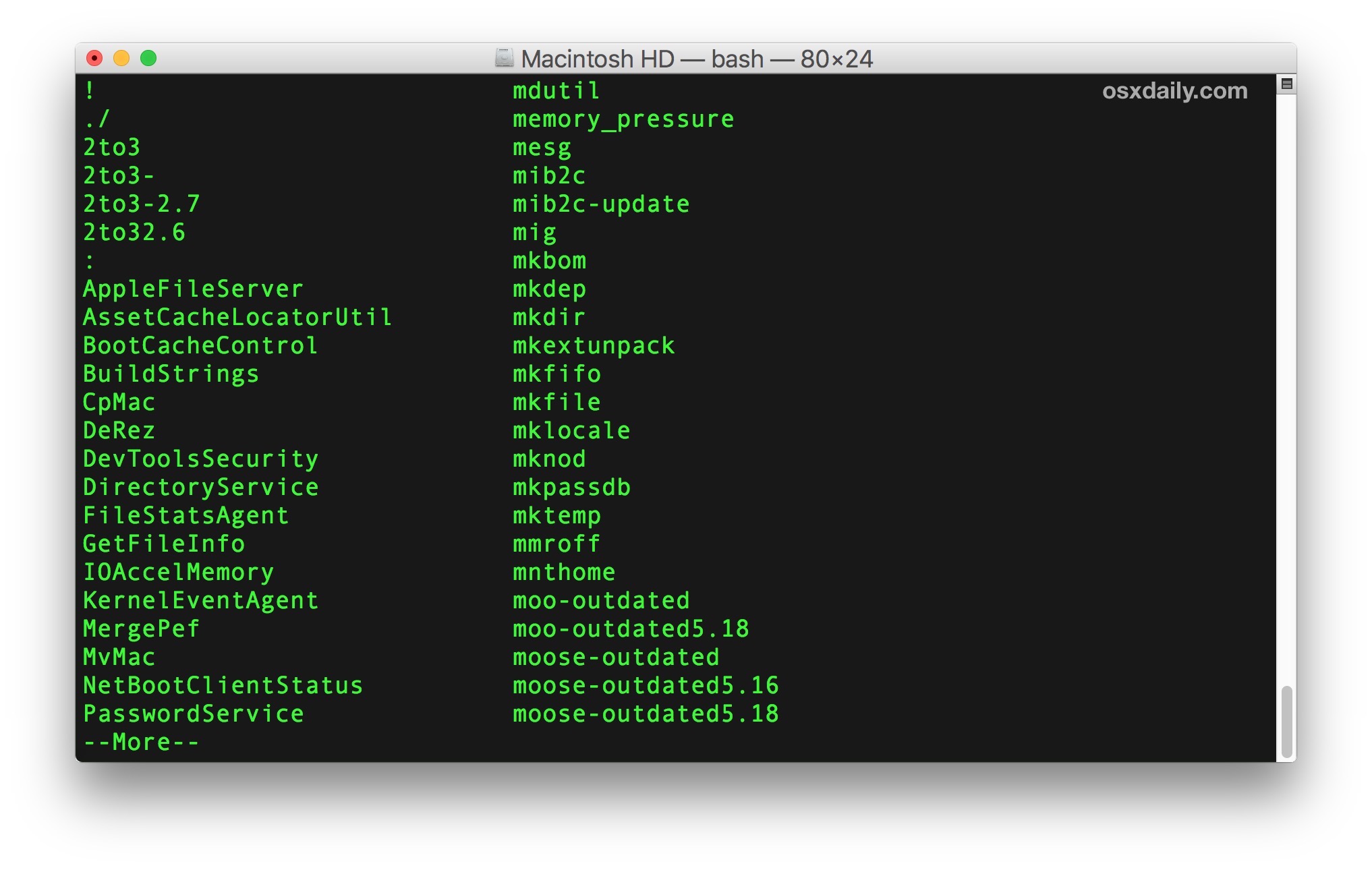Mac Os Terminal If App Is Running
/macos-soundcontrol-not-working-with-other-apps.html. The process involves a simple Terminal command, and allows you to continue using your Mac as the update downloads and the initial software installation takes place in the background. Even without becoming an expert in Apple's Terminal app, you can use simple commands to achieve things your Mac won't let you do in any other way. If you're just getting used to Terminal.
I just recently had the opportunity to sit with Aaron Nelson and go through some really cool Powershell features, and I’m certainly going to spend time getting to know Powershell a lot better. If you didn’t know, Powershell isn’t exclusive to Windows anymore – you can actually run a basic set of Powershell features, called Powershell Core, on Mac OS and Linux as well.
Terminal displays information about all of the processes, including applications, running on the computer. A summary of the Mac's processes appears at the top, including the total number of running processes, how much of the CPU and memory is being used and how much data is being sent and received over the network. Read next: 12 Mac OS X Dock tricks. Or you would like to see the currently running apps, there’s an alternative to the Dock which can get very cluttered with multiple icons. Normally, when you right-click on a running application in the OS X Dock, you see an.
But there’s a problem.
By default, running the “pwsh” command just starts Powershell Core in a regular terminal window. The first thing you’ll notice is that this doesn’t really play well if you’re using a white background, as the output is often light grey, yellow or even white.
So wouldn’t it be cool if we could launch our Powershell Core in the stylish blue world of bliss that Windows users have become so accustomed to?
Setting up a color profile
You probably already know that you can customize the Mac Terminal to death, and you may even have noticed that you can create different profiles for different purposes:
What you can do is, you can create a separate profile for your Powershell Core stuff, customize all those colors, fonts, and what-not. But here’s where it gets funkier:
You can set a custom command to start when you open a terminal window with this profile: enter pwsh in the “Run command” field at the top, and now, every time you open a window with this profile, it starts Powershell Core automatically, saving you all of five keystrokes.

The “Run inside shell” checkbox needs to be enabled!
In fact, you may even want to put “pwsh; exit” (without the quotes) in the “Run command” field – this will terminate the bash shell automatically when the pwsh process ends, so typing “exit” in Powershell will close the window.
Another slight annoyance is that when you want to close the window, technically the “pwsh” process is still running (unless you type “exit”), so you’ll get a friendly confirmation dialog that you’ll have to deal with:
To make this window go away, and save you another five keystrokes, look at the bottom of the “Shell” tab of the “Preferences” window, in the “Ask when closing” section. If you add “pwsh” to that list of applications, the terminal won’t ask you for confirmation if you want to close the window.
Obviously, that warning is there for a reason, so it’s really your call if you want to do this.
The result
Mac Os Terminal If App Is Running Faster
Best Mac Os Apps
Now, when you open Terminal, you can select “New Window” -> “Powershell” from the “Shell” menu…
Mac Os Terminal Alternatives
… and voilà: